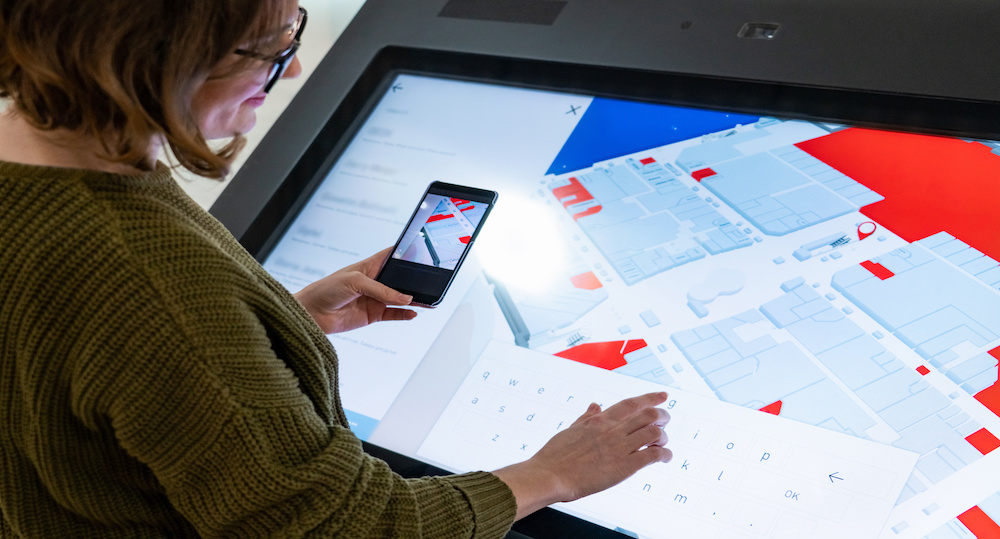
In today’s fast-paced digital world, businesses are constantly seeking innovative ways to engage with their audience. One such avenue is through the use of interactive signage, a rapidly growing trend in the workplace. This blend of technology and traditional signage is not just about catching the eye; it’s about creating a dynamic interaction between the sign and the viewer.
The Evolution of Signage in the Workplace
Gone are the days when signage was just about static, one-way communication. In the contemporary workplace, interactive signs, such as touch screens, QR codes, and digital displays, have revolutionised the way businesses communicate with their employees and customers. These signs are no longer mere information boards; they are platforms for engagement, learning, and interaction.
Touch Screens: The Hands-On Approach
Touch screen technology in signage allows users to navigate through menus, access information, and perform specific tasks. In workplaces, touch screens can be used for a variety of purposes, from interactive directories in large office buildings to training modules in training centres. The hands-on nature of these signs makes them more engaging and effective in communicating complex information.
QR Codes: The Bridge Between Physical and Digital
QR codes on signs have surged in popularity, providing a seamless transition from physical to digital spaces. By scanning a QR code with a smartphone, employees and visitors can access a wealth of information, from instructional videos to safety guidelines. This technology makes it easier to update and disseminate information quickly, a crucial aspect in dynamic work environments.
Digital Displays: Dynamic and Adaptable
Digital displays offer unparalleled flexibility in content management. These signs can be updated in real-time, providing the latest information, whether it’s news, schedules, or alerts. This adaptability is especially useful in environments where information changes frequently, like transport hubs or retail spaces.
The Importance of Mandatory Signs in the Workplace
Amidst this technological evolution, the importance of mandatory signs in the workplace remains undiminished – these signs play a critical role in ensuring safety and compliance. Incorporating interactive elements into mandatory signage can enhance their visibility and understanding, thereby improving workplace safety. Imagine a QR code on a safety sign that leads to a detailed instructional video on safety protocols – the possibilities for effective communication are endless.
Interactive Signage: The Future of Workplace Communication
Interactive signage represents the future of communication in the workplace. It’s not just about displaying information; it’s about creating an experience. As technology evolves, we can expect these signs to become even more sophisticated, with features like gesture recognition, personalised content, and augmented reality integrations.
In conclusion, integrating technology into your signage strategy isn’t just a trend; it’s a step towards creating a more engaged, informed, and safe workplace. As businesses continue to adapt to the digital age, interactive signage stands as a beacon of modern, effective communication and engagement strategies.



